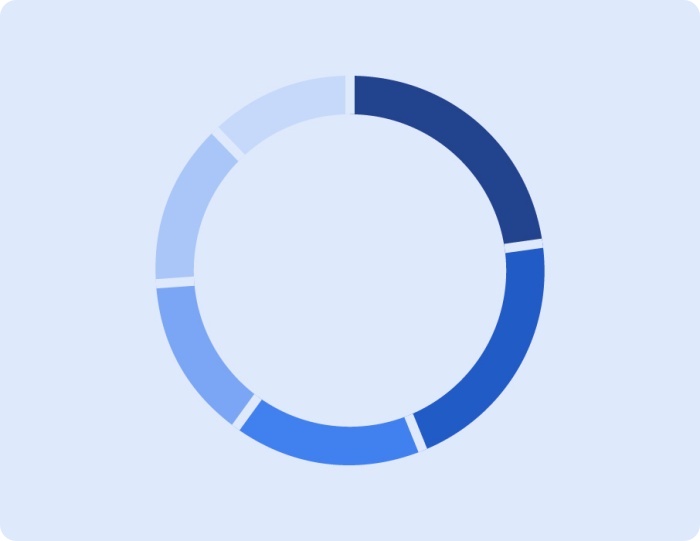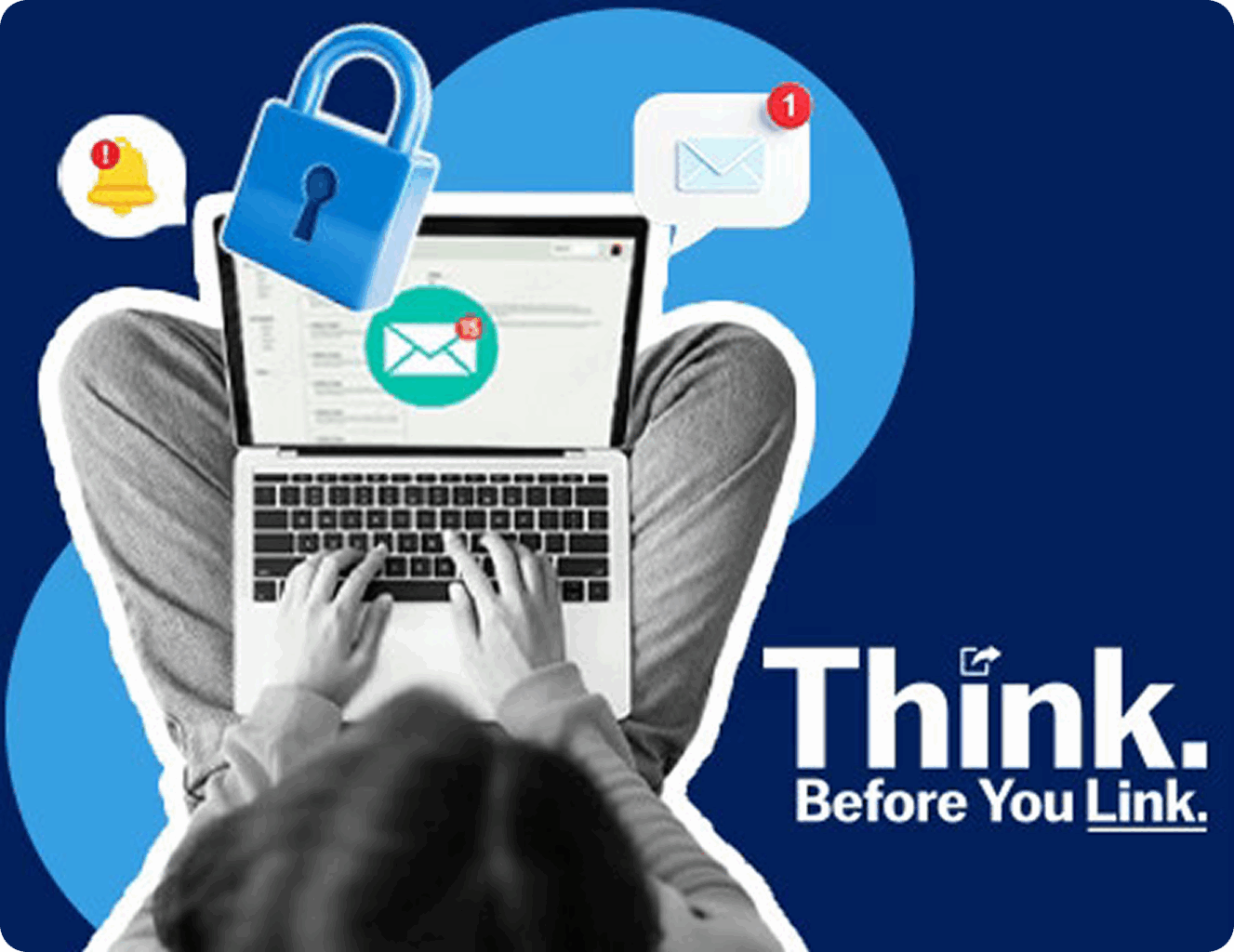How scammers reach out
Scammers target their victims in multiple ways. Knowing how they contact you can help you learn where to be extra aware during your day-to-day interactions.

23%
21%
16%
14%
14%
12%
Scammers are constantly evolving their tactics to trick you. From elaborate phishing emails to fake investment opportunities, the threats are diverse and ever-changing. Explore the latest scams and methods fraudsters use and learn how to safeguard your finances.
Scammers target their victims in multiple ways. Knowing how they contact you can help you learn where to be extra aware during your day-to-day interactions.

23%
21%
16%
14%
14%
12%

some scam artists want
to get inside your head.

Think you know how to spot and avoid social media scams? Take this quiz to find out how to protect yourself from common fraud tactics.

What percentage of all social media fraud loss reports were due to online shopping scams?
a. 30% b. 44% c. 50% d. 60%

Investment and crypto scams have topped the risk list in recent years, with 80.4% of scam attempts resulting in money loss with a median loss of $3,800. Stay vigilant in your financial decisions to ward off these scammers.
Think. Before You Link. Explore the ways we can help you protect your accounts from fraud attempts, with tools such as banking alerts, activity controls, and enhanced verification measures. For more information, stop by our branch or give us a call.
Protecting your finances starts with smart, everyday habits. Discover essential tips and tricks to help you bank safely and confidently, like enabling two-factor authentication and the importance of regular account monitoring. Understanding these practical strategies can help you build a robust defense against financial scammers.


Fortify your banking information
We’re committed to helping you protect your finances, which is why we offer advanced security products and services designed to safeguard your accounts from fraud and scams. From real-time transaction alerts to secure authentication methods, we offer tools that put you in control. Learn how you can use these tools to bank with confidence.

U.S. checking or savings account required to use Zelle®.
Transactions between enrolled uers typically occur in minutes.
Discover the answers to common questions about banking safety and explore links to resources that can help you in the event of a fraud attempt.
If you’ve provided your financial information to someone you later think is a scammer, first call your financial institution. Whether it’s your credit card issuer, financial institution or Medicare contact, call and ask about canceling fraudulent transactions and blocking future charges. You might also need to change your account numbers and freeze your credit to make sure no one uses your existing accounts or creates new accounts in your name.
Check your credit card, financial institution and other financial accounts for unauthorized charges or changes. If you see any, report them to the company or institution. Then go to IdentityTheft.gov to see what steps you should take.
